Nintendo, a name synonymous with video games, has long been at the forefront of innovation and creativity in the gaming world. From its inception, Nintendo has consistently pushed the boundaries of home console gaming, boasting a library of cherished intellectual properties (IPs) that continue to captivate players decades later. With an array of exciting upcoming titles, the gaming giant shows no signs of slowing down. As Nintendo officially unveils the Switch 2, it's an opportune time to reflect on the storied history of Nintendo's consoles.
Below, we've compiled a comprehensive list of every Nintendo console ever released. Embark on a journey through time and witness how Nintendo has continuously advanced the gaming medium!
AnswerSee Results*Looking to save on a new Nintendo Switch or new titles for your system? Be sure to check out the best Nintendo deals available today.*How Many Nintendo Consoles Have There Been?
In total, 32 Nintendo consoles have been released throughout Nintendo's history. The Switch 2 will be the 33rd. We've included revision models for both home and handheld consoles, which include brandings like XL and Mini.
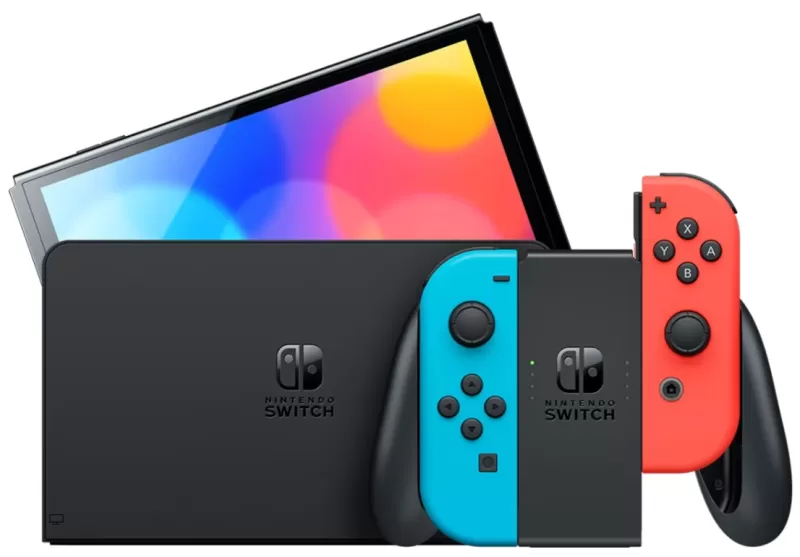 Latest Model### Nintendo Switch OLED (Neon Blue & Red)
Latest Model### Nintendo Switch OLED (Neon Blue & Red)
4See it at AmazonEvery Nintendo Console in Order of Release
Color TV-Game - June 1, 1977
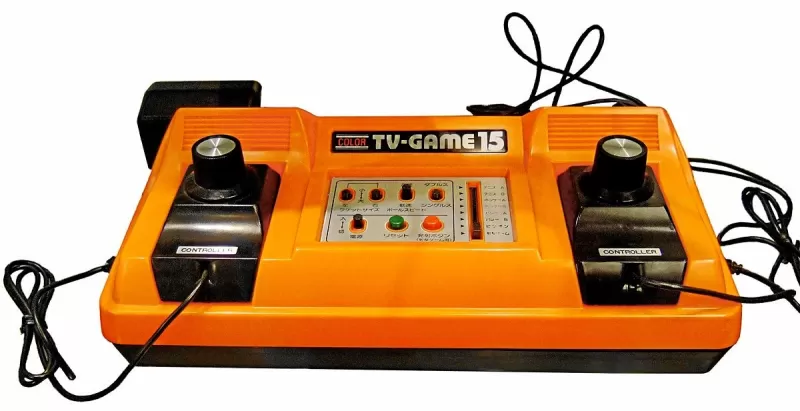 Nintendo's first venture into gaming hardware, the Color TV-Game series, marked the company's initial foray into the market. A collaborative effort with Mitsubishi Electronics, these systems became a major success and set the stage for Nintendo's focus on gaming hardware. Nearly 50 years later, the legacy of the Color TV-Game remains evident in Nintendo's ongoing commitment to gaming innovation.
Nintendo's first venture into gaming hardware, the Color TV-Game series, marked the company's initial foray into the market. A collaborative effort with Mitsubishi Electronics, these systems became a major success and set the stage for Nintendo's focus on gaming hardware. Nearly 50 years later, the legacy of the Color TV-Game remains evident in Nintendo's ongoing commitment to gaming innovation.
Game & Watch - April 28, 1980
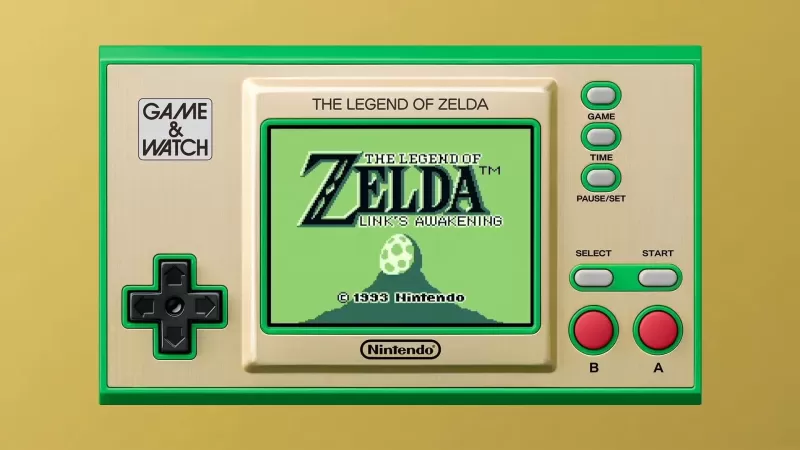 Nintendo's pioneering step into handheld gaming came with the Game & Watch series, each unit featuring a unique game. Selling over 40 million units worldwide, these devices introduced key innovations such as the D-Pad in the Donkey Kong model, which are still in use today. The series made a notable return in 2020 and 2021 with limited editions celebrating Mario and Zelda anniversaries.
Nintendo's pioneering step into handheld gaming came with the Game & Watch series, each unit featuring a unique game. Selling over 40 million units worldwide, these devices introduced key innovations such as the D-Pad in the Donkey Kong model, which are still in use today. The series made a notable return in 2020 and 2021 with limited editions celebrating Mario and Zelda anniversaries.
Nintendo Entertainment System - October 18, 1985
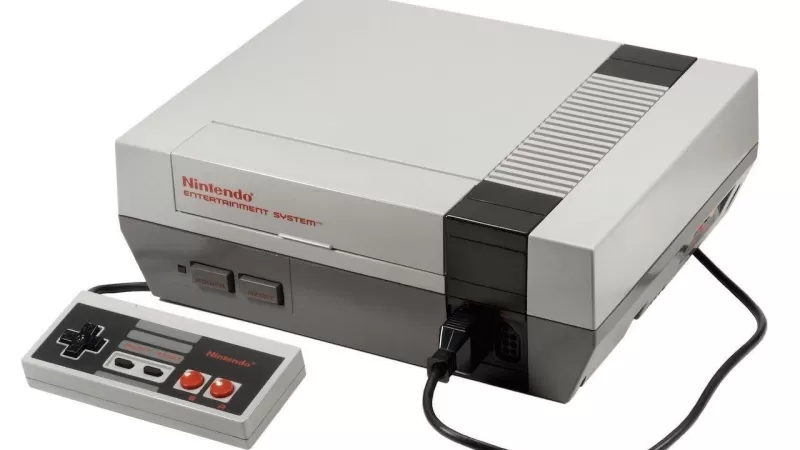 Launched as the Family Computer (Famicom) in Japan, the Nintendo Entertainment System (NES) became Nintendo's first home console in North America. By introducing cartridges, the NES allowed players to expand their game libraries with titles like Super Mario, The Legend of Zelda, and Metroid. This console laid the groundwork for future generations, cementing its place as a pivotal moment in video game history.
Launched as the Family Computer (Famicom) in Japan, the Nintendo Entertainment System (NES) became Nintendo's first home console in North America. By introducing cartridges, the NES allowed players to expand their game libraries with titles like Super Mario, The Legend of Zelda, and Metroid. This console laid the groundwork for future generations, cementing its place as a pivotal moment in video game history.
Game Boy - July 31, 1989
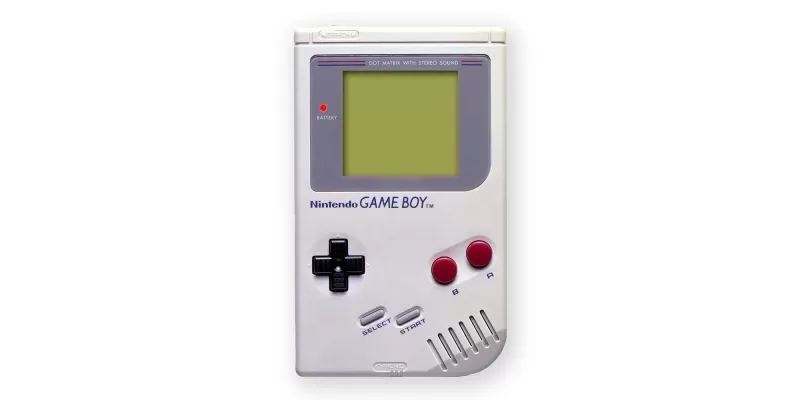 Marking Nintendo's entry into handheld consoles, the Game Boy debuted in North America in the summer of 1989. With cartridge-based games, it offered a vast selection of titles. Tetris, bundled with the system in many regions, became one of its most iconic games, showcasing the console's versatility and appeal.
Marking Nintendo's entry into handheld consoles, the Game Boy debuted in North America in the summer of 1989. With cartridge-based games, it offered a vast selection of titles. Tetris, bundled with the system in many regions, became one of its most iconic games, showcasing the console's versatility and appeal.
Super Nintendo Entertainment System - August 23, 1991
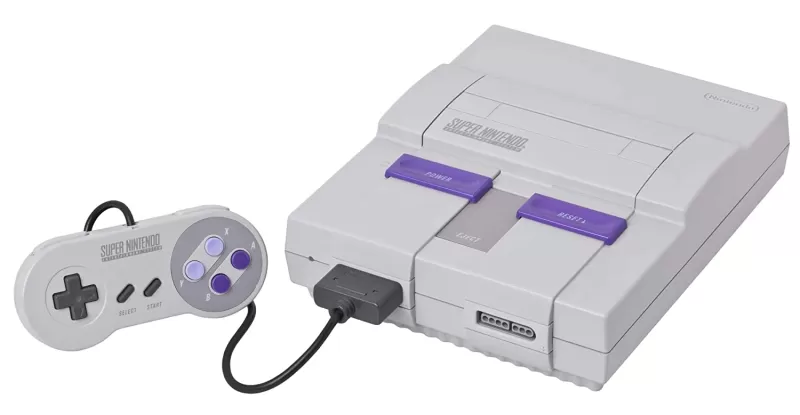 Introducing 16-bit graphics to the Nintendo platform, the Super Nintendo Entertainment System (SNES) saw significant advancements in major franchises like Super Mario World and Donkey Kong Country. Despite a later launch in its generation, the SNES became the best-selling console due to its exceptional software and enduring appeal.
Introducing 16-bit graphics to the Nintendo platform, the Super Nintendo Entertainment System (SNES) saw significant advancements in major franchises like Super Mario World and Donkey Kong Country. Despite a later launch in its generation, the SNES became the best-selling console due to its exceptional software and enduring appeal.
Virtual Boy - August 14, 1995
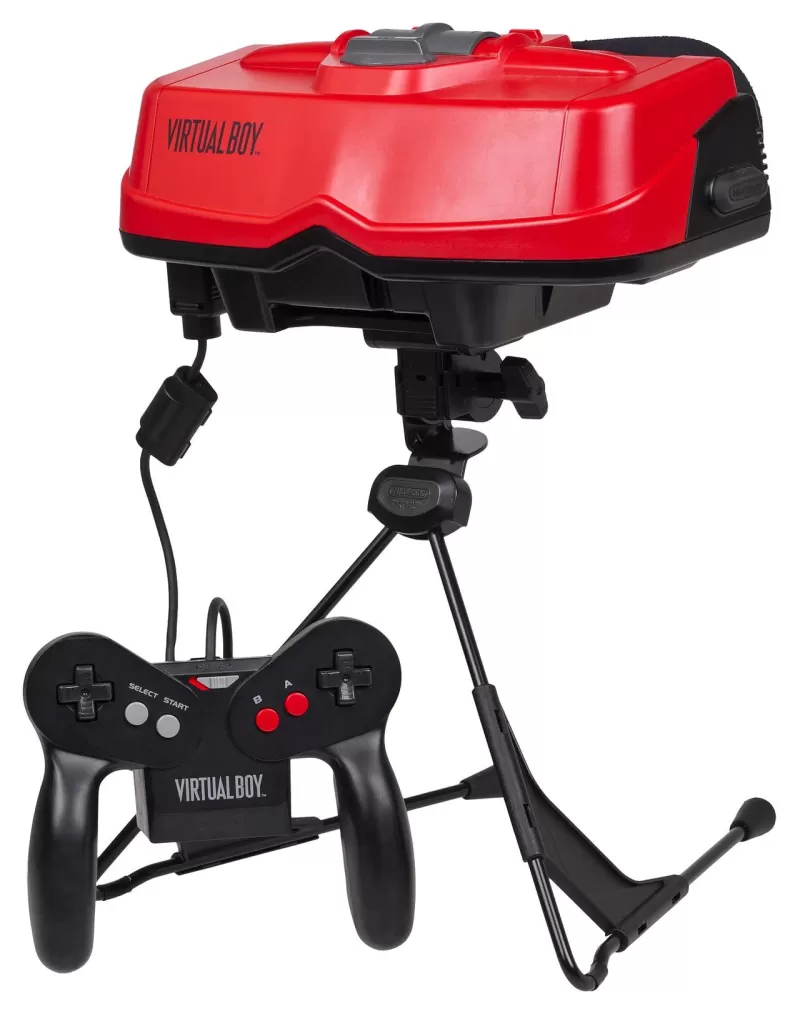 Nintendo's most unconventional console, the Virtual Boy, was the first to offer true 3D visuals. With only 22 games released, including popular titles like Mario's Tennis and Virtual Boy Wario Land, it lasted just a year on the market, selling nearly 800,000 units.
Nintendo's most unconventional console, the Virtual Boy, was the first to offer true 3D visuals. With only 22 games released, including popular titles like Mario's Tennis and Virtual Boy Wario Land, it lasted just a year on the market, selling nearly 800,000 units.
Game Boy Pocket - September 3, 1996
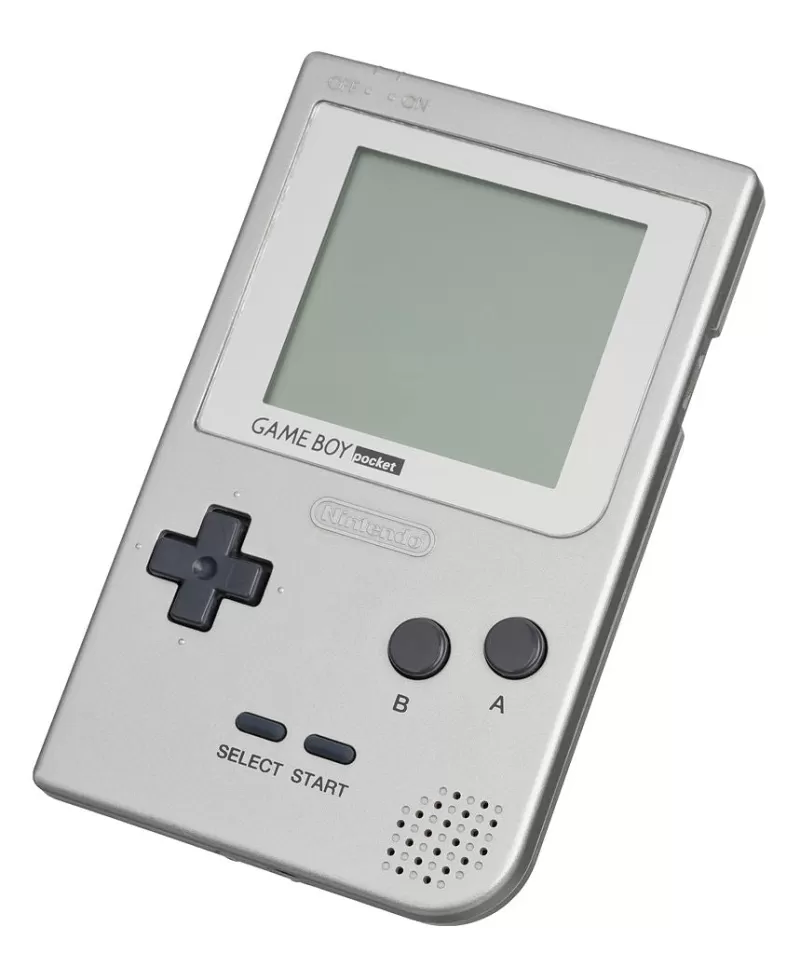 A smaller, more refined version of the Game Boy, the Game Boy Pocket featured a clearer black-and-white screen and improved response times. Despite its reduced size and enhanced display, the battery life was shorter compared to its predecessor.
A smaller, more refined version of the Game Boy, the Game Boy Pocket featured a clearer black-and-white screen and improved response times. Despite its reduced size and enhanced display, the battery life was shorter compared to its predecessor.
Nintendo 64 - September 29, 1996
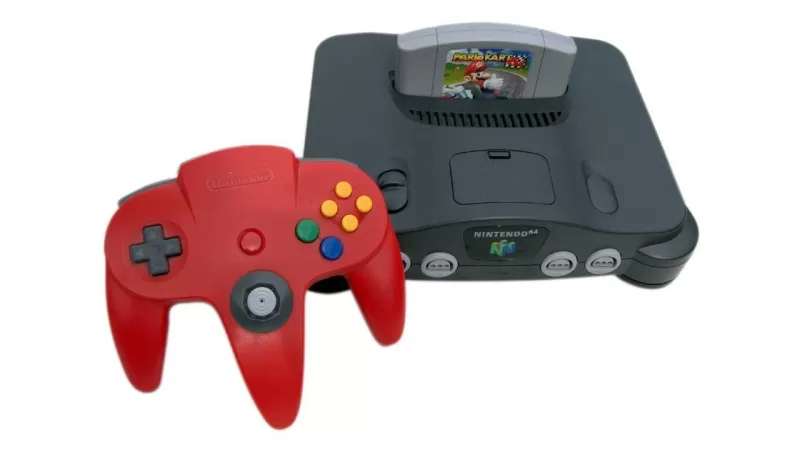 Revolutionizing home console gaming with 3D graphics, the Nintendo 64 brought iconic titles like Super Mario 64 and The Legend of Zelda: Ocarina of Time. Its innovative controller, featuring an analog stick, set new standards for gameplay. The N64's special editions, including translucent variants, remain cherished among collectors.
Revolutionizing home console gaming with 3D graphics, the Nintendo 64 brought iconic titles like Super Mario 64 and The Legend of Zelda: Ocarina of Time. Its innovative controller, featuring an analog stick, set new standards for gameplay. The N64's special editions, including translucent variants, remain cherished among collectors.
Game Boy Light - April 14, 1998
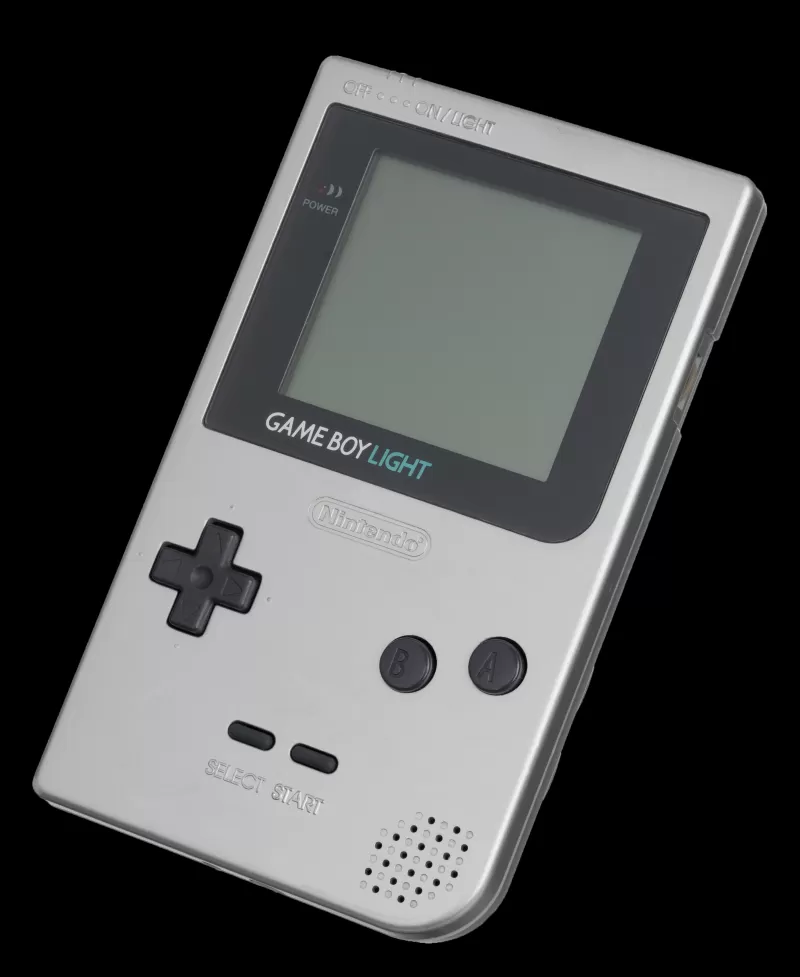 Exclusive to Japan, the Game Boy Light introduced a backlight, allowing for gameplay in low-light conditions. Larger than the Game Boy Pocket but with a longer battery life, this console catered to players seeking versatility and convenience.
Exclusive to Japan, the Game Boy Light introduced a backlight, allowing for gameplay in low-light conditions. Larger than the Game Boy Pocket but with a longer battery life, this console catered to players seeking versatility and convenience.
Game Boy Color - November 18, 1998
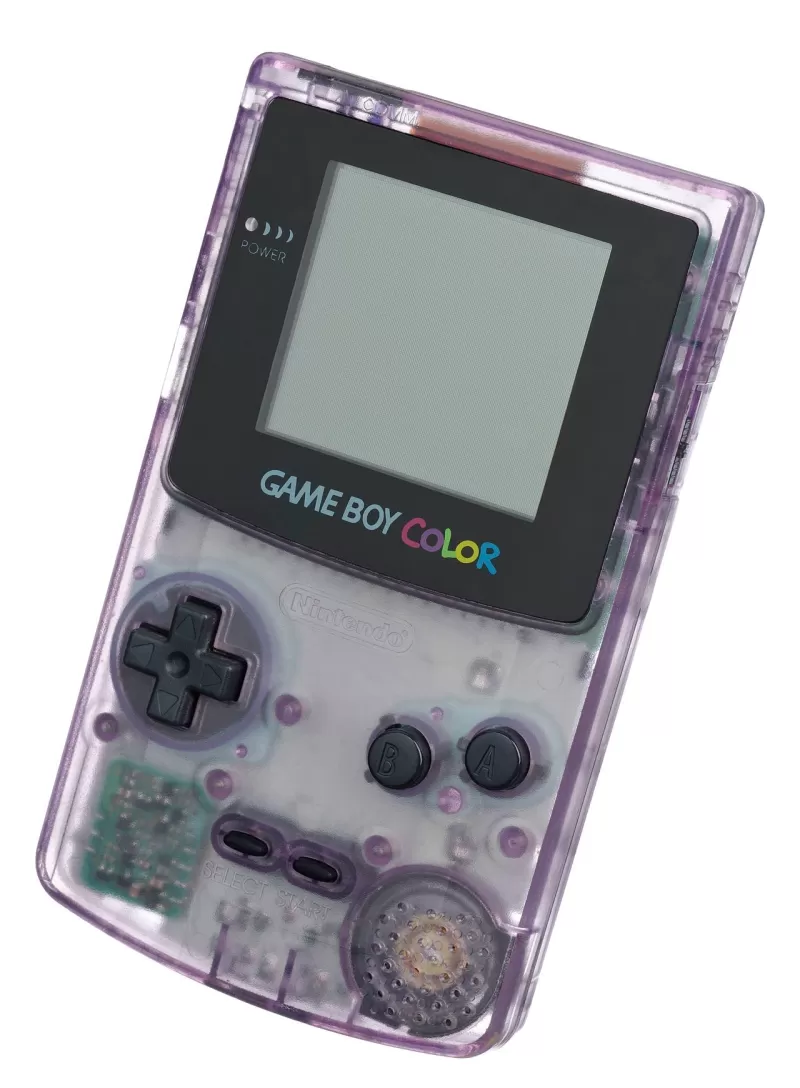 Bringing color to the handheld market, the Game Boy Color was backward-compatible with existing Game Boy games, enhancing classics like Tetris with vibrant colors. Hundreds of new games capitalized on its advanced hardware, enriching the gaming experience.
Bringing color to the handheld market, the Game Boy Color was backward-compatible with existing Game Boy games, enhancing classics like Tetris with vibrant colors. Hundreds of new games capitalized on its advanced hardware, enriching the gaming experience.
Game Boy Advance - June 11, 2001
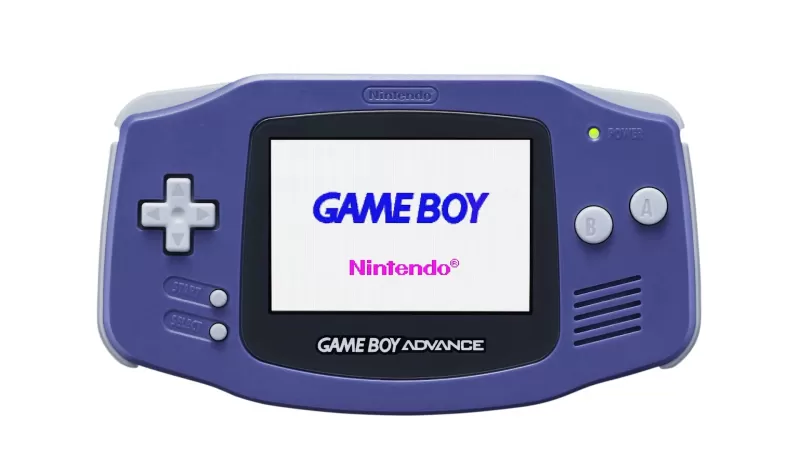 A significant leap forward, the Game Boy Advance (GBA) introduced a horizontal design and 16-bit graphics. Backward-compatible with Game Boy and Game Boy Color titles, the GBA expanded the gaming library into the thousands, offering a robust portable gaming experience.
A significant leap forward, the Game Boy Advance (GBA) introduced a horizontal design and 16-bit graphics. Backward-compatible with Game Boy and Game Boy Color titles, the GBA expanded the gaming library into the thousands, offering a robust portable gaming experience.
Pokémon mini - November 16, 2001
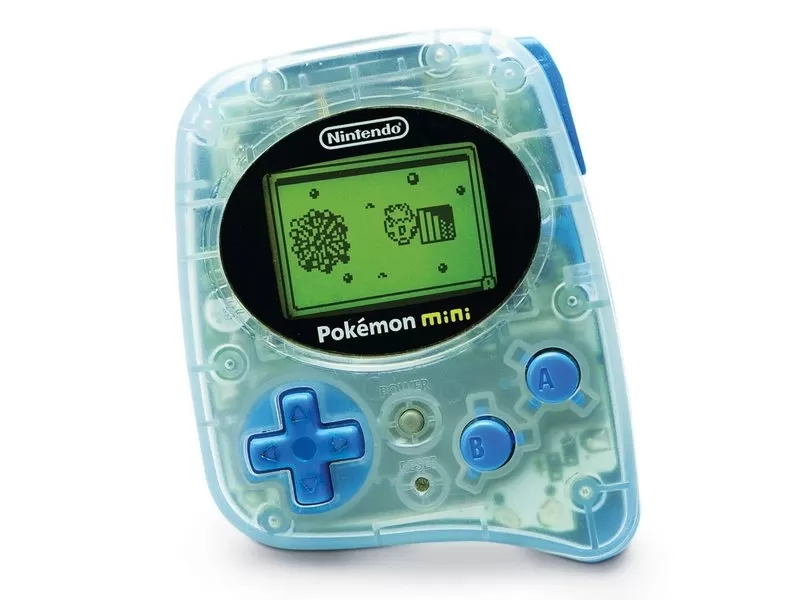 Image Credit: GamesRadarThe tiny Pokémon mini focused on Pokémon-themed games and was small enough to carry multiple units in a pocket. With only 10 games released, including four in North America, it featured a built-in clock, infrared communication, and rumble functionality.
Image Credit: GamesRadarThe tiny Pokémon mini focused on Pokémon-themed games and was small enough to carry multiple units in a pocket. With only 10 games released, including four in North America, it featured a built-in clock, infrared communication, and rumble functionality.
Nintendo GameCube - November 18, 2001
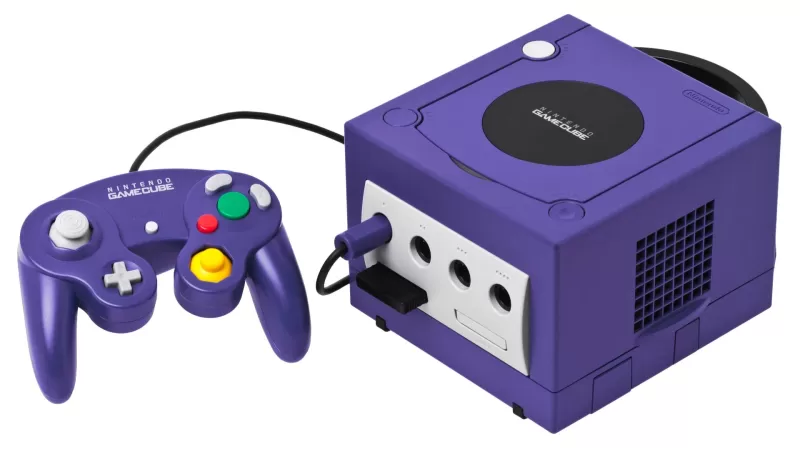 Building on the Nintendo 64's success, the GameCube offered sequels to beloved titles like Super Mario Sunshine and The Legend of Zelda: Wind Waker. Utilizing discs for the first time, and featuring an improved controller with rumble and analog/digital triggers, the GameCube's legacy continues through its popular franchises like Animal Crossing.
Building on the Nintendo 64's success, the GameCube offered sequels to beloved titles like Super Mario Sunshine and The Legend of Zelda: Wind Waker. Utilizing discs for the first time, and featuring an improved controller with rumble and analog/digital triggers, the GameCube's legacy continues through its popular franchises like Animal Crossing.
Panasonic Q - December 14, 2001
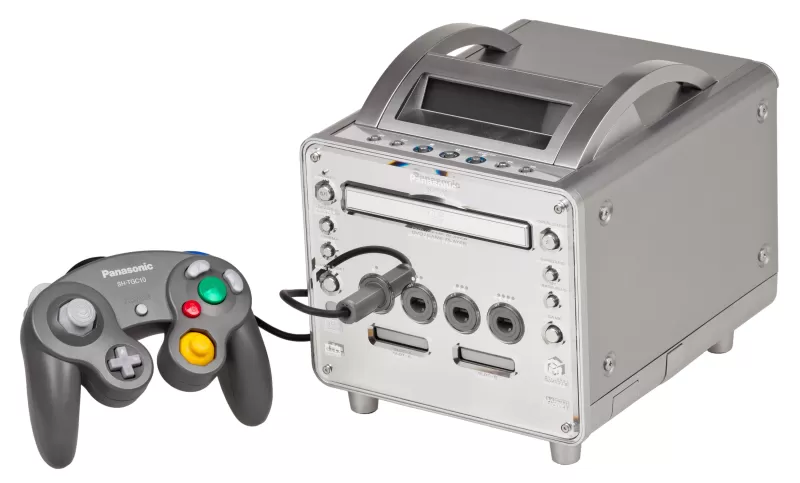 A collaboration with Panasonic, the Panasonic Q combined a GameCube with a DVD player, featuring a sleek stainless steel design and an LCD panel. Despite its innovative features, its high price led to low sales and a brief market presence.
A collaboration with Panasonic, the Panasonic Q combined a GameCube with a DVD player, featuring a sleek stainless steel design and an LCD panel. Despite its innovative features, its high price led to low sales and a brief market presence.
Game Boy Advance SP - March 23, 2003
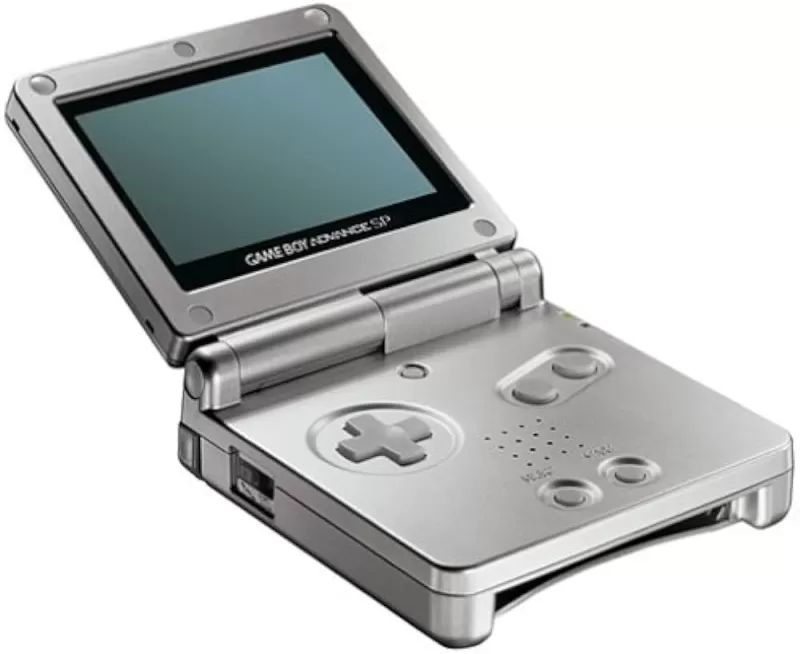 An evolution of the Game Boy Advance, the Game Boy Advance SP introduced a hinge design, chargeable battery, and a backlit screen in later models. While omitting a headphone jack, it offered an adapter for audio playback, enhancing portability and user experience.
An evolution of the Game Boy Advance, the Game Boy Advance SP introduced a hinge design, chargeable battery, and a backlit screen in later models. While omitting a headphone jack, it offered an adapter for audio playback, enhancing portability and user experience.
Nintendo DS - November 21, 2004
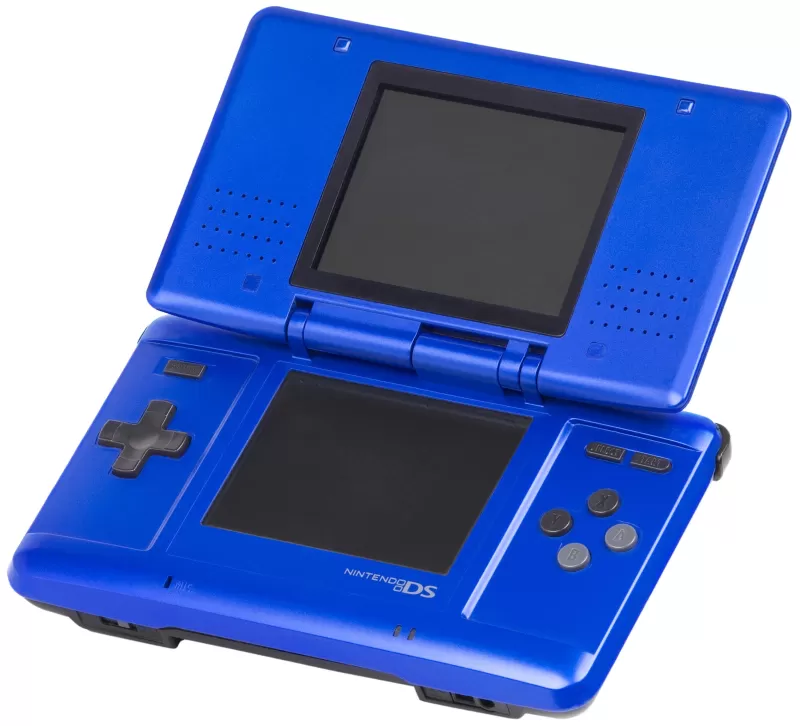 Launching Nintendo's best-selling console line, the Nintendo DS featured a unique clamshell design and Wi-Fi support. With dual screens, including a touchscreen, the DS offered unique gaming experiences that set it apart from competitors.
Launching Nintendo's best-selling console line, the Nintendo DS featured a unique clamshell design and Wi-Fi support. With dual screens, including a touchscreen, the DS offered unique gaming experiences that set it apart from competitors.
Game Boy Micro - September 19, 2005
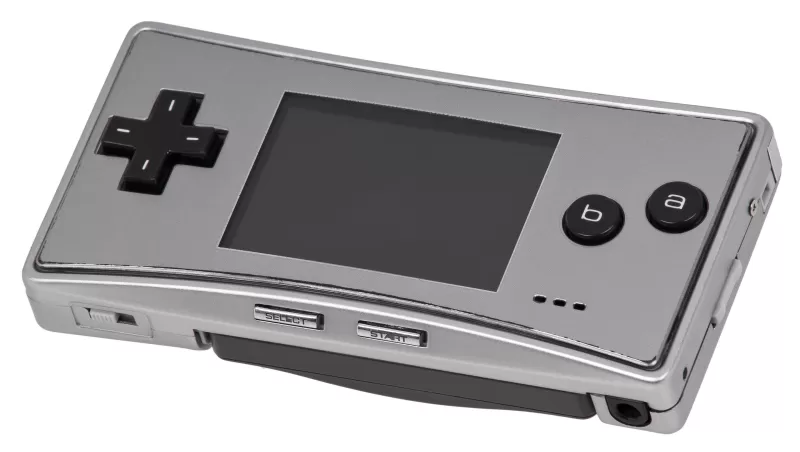 Revealed at E3 2005, the Game Boy Micro impressed with its compact size and adjustable backlit screen. Backward-compatible with Game Boy and Game Boy Color games, it sold 2.42 million units over 18 months, showcasing Nintendo's commitment to innovation.
Revealed at E3 2005, the Game Boy Micro impressed with its compact size and adjustable backlit screen. Backward-compatible with Game Boy and Game Boy Color games, it sold 2.42 million units over 18 months, showcasing Nintendo's commitment to innovation.
Nintendo DS Lite - June 11, 2006
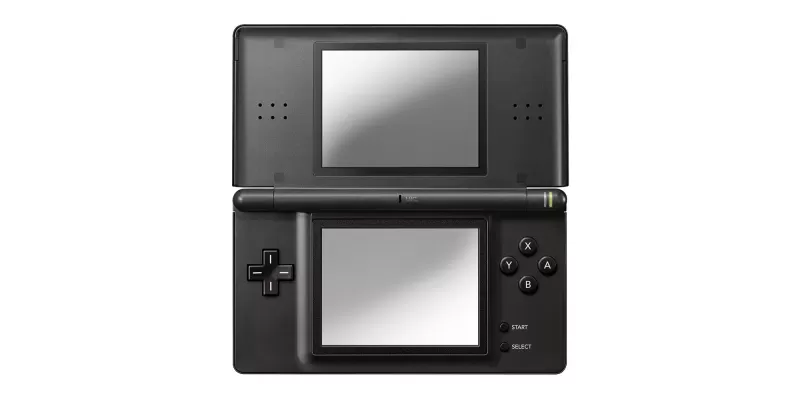 An enhanced version of the Nintendo DS, the DS Lite was slimmer, lighter, and featured brighter screens. With improved battery life, it offered an even better gaming experience, solidifying the DS line's popularity.
An enhanced version of the Nintendo DS, the DS Lite was slimmer, lighter, and featured brighter screens. With improved battery life, it offered an even better gaming experience, solidifying the DS line's popularity.
Nintendo Wii - November 19, 2006
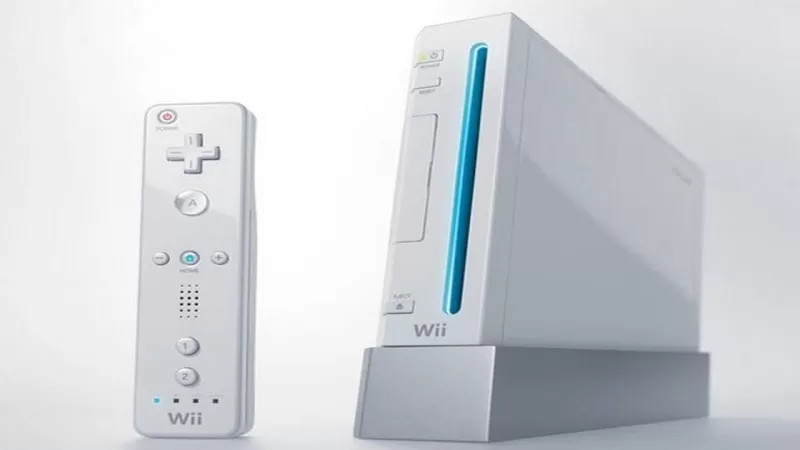 Revitalizing Nintendo's home console market, the Wii introduced motion controls via the Wii Remote, which utilized infrared and digital technology. With backward compatibility for GameCube titles and accessories, and the Virtual Console offering digital downloads of classic games, the Wii became a cultural phenomenon.
Revitalizing Nintendo's home console market, the Wii introduced motion controls via the Wii Remote, which utilized infrared and digital technology. With backward compatibility for GameCube titles and accessories, and the Virtual Console offering digital downloads of classic games, the Wii became a cultural phenomenon.
Nintendo DSi - November 1, 2008
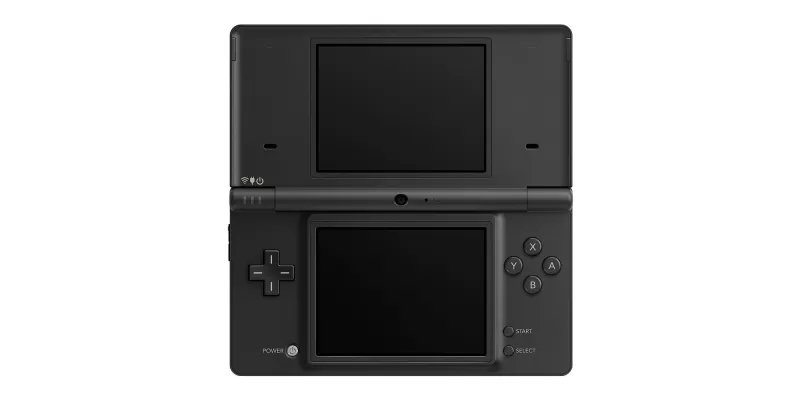 Expanding on the Nintendo DS, the DSi added cameras and an SD card slot for additional storage. While removing the Game Boy Advance slot, it offered new features that enhanced the DS experience.
Expanding on the Nintendo DS, the DSi added cameras and an SD card slot for additional storage. While removing the Game Boy Advance slot, it offered new features that enhanced the DS experience.
Nintendo DSi XL - November 21, 2009
 A larger version of the DSi, the DSi XL featured wider screens and improved sound. With a larger battery, it offered extended playtime, making Nintendo DS games more enjoyable and accessible.
A larger version of the DSi, the DSi XL featured wider screens and improved sound. With a larger battery, it offered extended playtime, making Nintendo DS games more enjoyable and accessible.
Nintendo 3DS - March 27, 2011
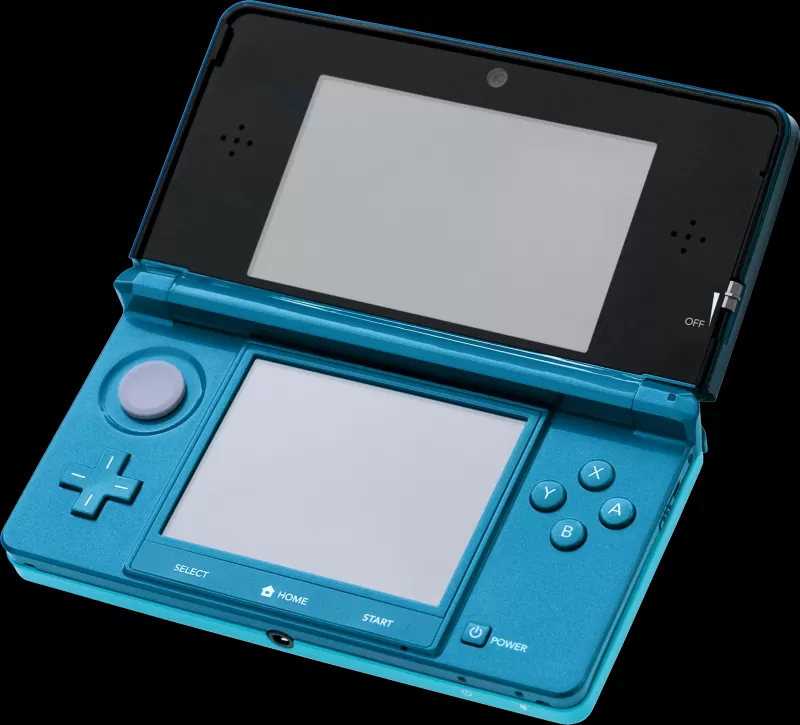 Building on the DS line, the 3DS introduced stereoscopic 3D gaming without the need for glasses. With a rich library of titles, including The Legend of Zelda: A Link Between Worlds and Super Mario 3D Land, the 3DS significantly advanced handheld gaming.
Building on the DS line, the 3DS introduced stereoscopic 3D gaming without the need for glasses. With a rich library of titles, including The Legend of Zelda: A Link Between Worlds and Super Mario 3D Land, the 3DS significantly advanced handheld gaming.
Nintendo 3DS XL - August 19, 2012
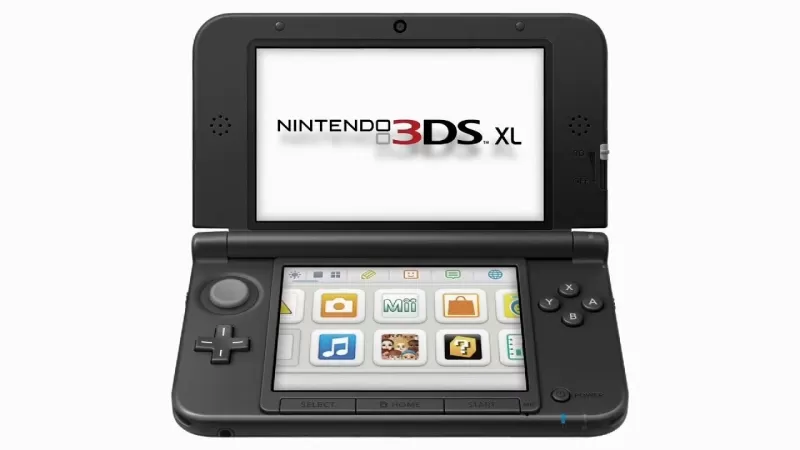 Offering a screen 90% larger than the original 3DS, the 3DS XL enhanced gameplay visibility and immersion. Retaining all the features of the 3DS, it became a popular choice among gamers seeking a larger display.
Offering a screen 90% larger than the original 3DS, the 3DS XL enhanced gameplay visibility and immersion. Retaining all the features of the 3DS, it became a popular choice among gamers seeking a larger display.
Nintendo Wii U - November 18, 2012
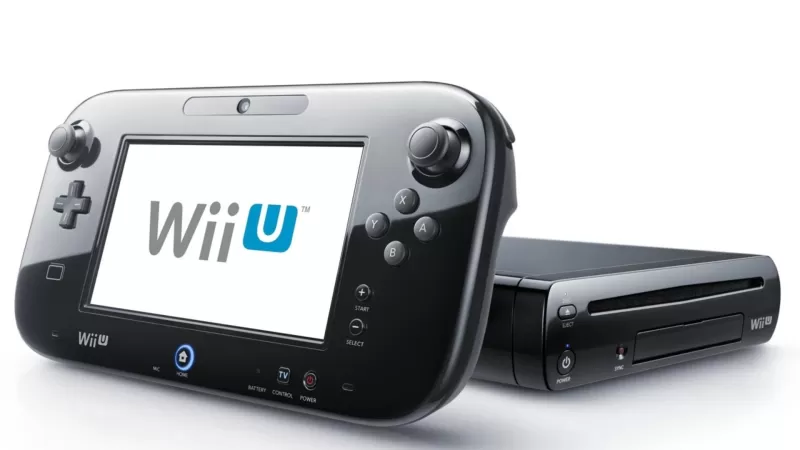 Successor to the Wii, the Wii U introduced the GamePad controller, allowing off-TV play. Supporting HD graphics and backward compatibility with Wii titles, the Wii U featured games like Super Mario 3D World and Splatoon. Despite its innovative features, poor marketing and confusion led to its commercial underperformance.
Successor to the Wii, the Wii U introduced the GamePad controller, allowing off-TV play. Supporting HD graphics and backward compatibility with Wii titles, the Wii U featured games like Super Mario 3D World and Splatoon. Despite its innovative features, poor marketing and confusion led to its commercial underperformance.
Nintendo Wii Mini - December 7, 2012
 A smaller, lighter version of the Wii, the Wii Mini removed GameCube support, Wi-Fi connectivity, and SD card slots. Launched late in the Wii's lifecycle, it aimed to offer a more affordable option for gamers.
A smaller, lighter version of the Wii, the Wii Mini removed GameCube support, Wi-Fi connectivity, and SD card slots. Launched late in the Wii's lifecycle, it aimed to offer a more affordable option for gamers.
Nintendo 2DS - October 12, 2013
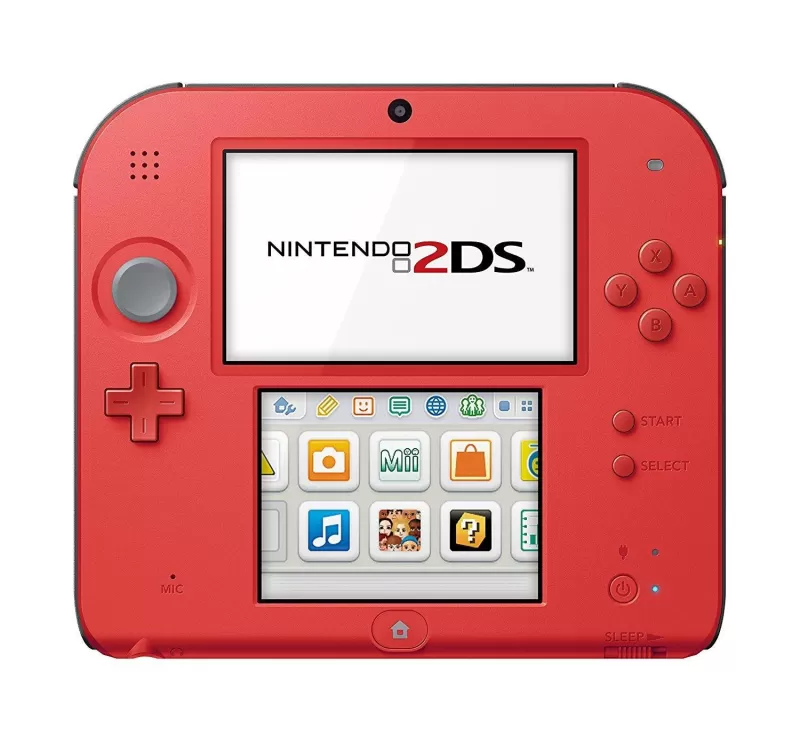 Removing the 3D capability of the 3DS, the 2DS offered a more affordable, flat-design alternative. While sacrificing some sound quality, it played all 3DS titles, providing a cost-effective gaming solution.
Removing the 3D capability of the 3DS, the 2DS offered a more affordable, flat-design alternative. While sacrificing some sound quality, it played all 3DS titles, providing a cost-effective gaming solution.
New Nintendo 3DS - October 11, 2014
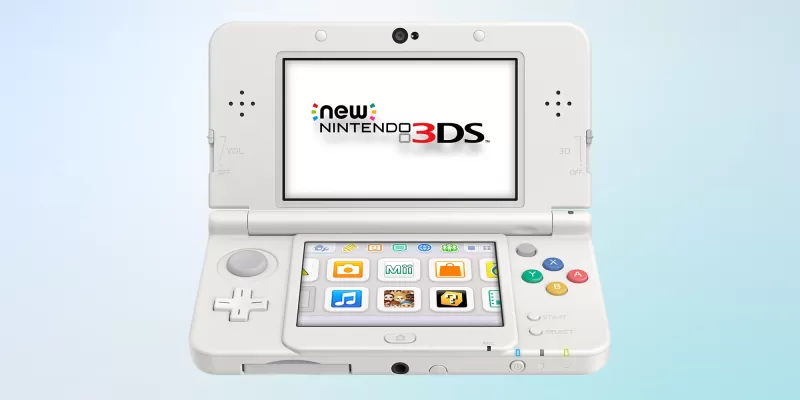 Upgrading the standard 3DS, the New Nintendo 3DS added a C-Stick, ZR and ZL buttons, and NFC support for amiibo. While it launched in several regions in late 2014, North America received it in September 2015.
Upgrading the standard 3DS, the New Nintendo 3DS added a C-Stick, ZR and ZL buttons, and NFC support for amiibo. While it launched in several regions in late 2014, North America received it in September 2015.
New Nintendo 3DS XL - February 13, 2015
 With larger screens than the New 3DS, the New 3DS XL offered an even more immersive gaming experience. Though it removed the ability to change face plates, it provided multiple special editions for customization.
With larger screens than the New 3DS, the New 3DS XL offered an even more immersive gaming experience. Though it removed the ability to change face plates, it provided multiple special editions for customization.
Nintendo Switch - March 3, 2017
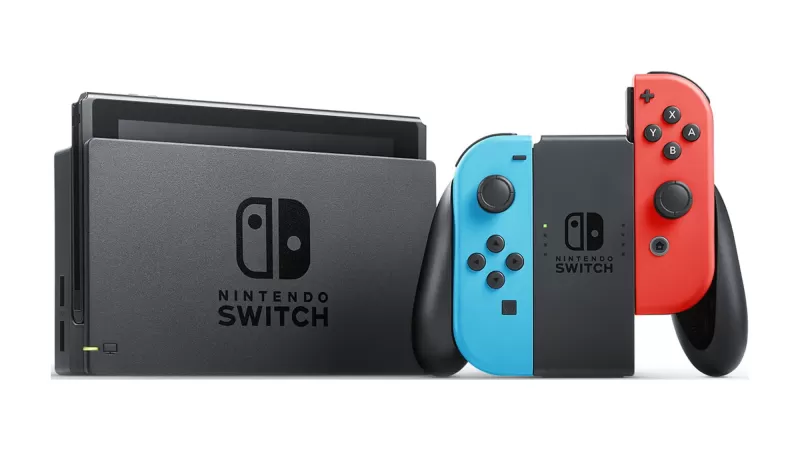 Realizing the vision of the Wii U, the Nintendo Switch combined home and portable gaming, allowing players to enjoy console-quality experiences on the go. With an impressive first-party library and various special editions, the Switch has been a resounding success.
Realizing the vision of the Wii U, the Nintendo Switch combined home and portable gaming, allowing players to enjoy console-quality experiences on the go. With an impressive first-party library and various special editions, the Switch has been a resounding success.
New Nintendo 2DS XL - July 28, 2017
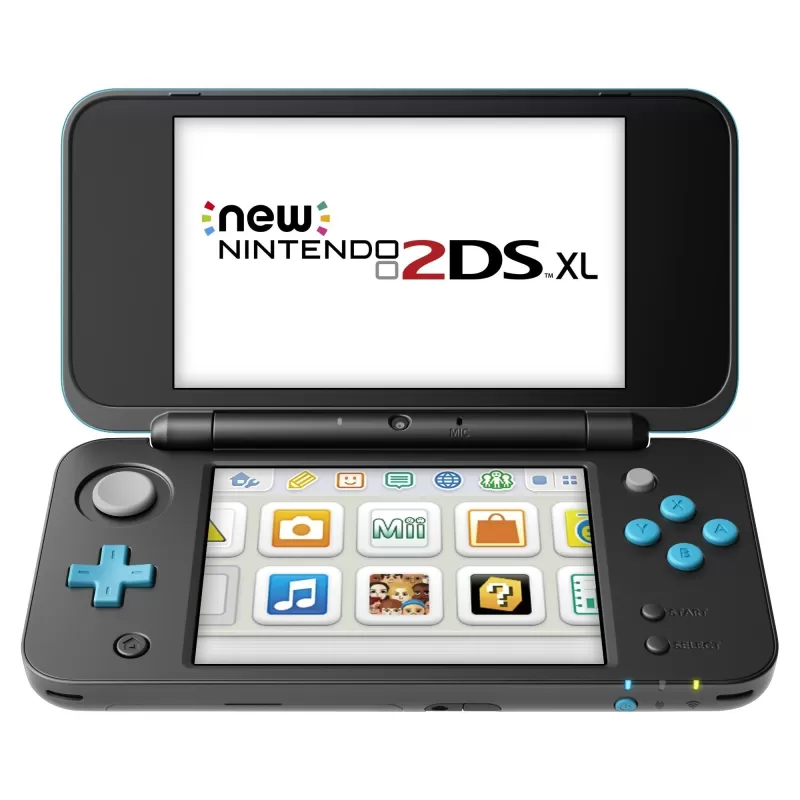 An update to the 2DS, the 2DS XL added an analog stick, shoulder buttons, and amiibo support. Returning to the clamshell design, it played New 3DS titles, offering enhanced features at a lower cost.
An update to the 2DS, the 2DS XL added an analog stick, shoulder buttons, and amiibo support. Returning to the clamshell design, it played New 3DS titles, offering enhanced features at a lower cost.
Nintendo Switch Lite - September 20, 2019
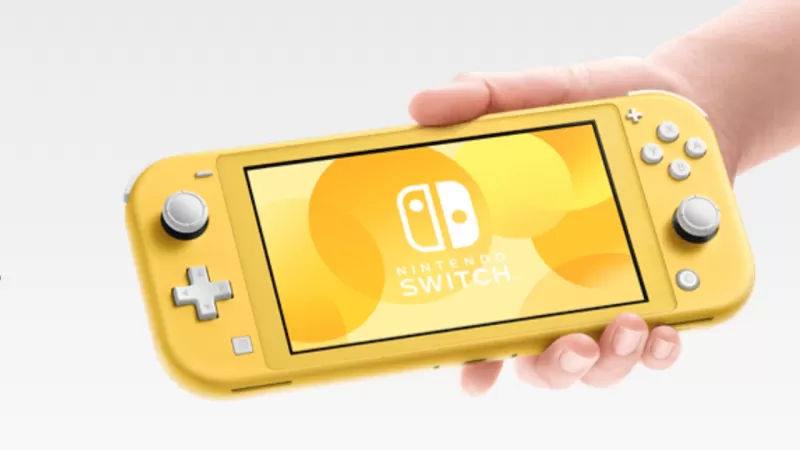 Designed for handheld play only, the Switch Lite featured a smaller body and a 5.5-inch LCD screen. By integrating the controllers, it offered a more affordable option for portable gaming.
Designed for handheld play only, the Switch Lite featured a smaller body and a 5.5-inch LCD screen. By integrating the controllers, it offered a more affordable option for portable gaming.
Nintendo Switch OLED model - October 8, 2021
 Enhancing the Switch experience, the OLED model introduced a 7-inch OLED panel, improved speakers, and a new kickstand. Launched alongside Metroid Dread, it offered a premium gaming experience at a higher price point.
Enhancing the Switch experience, the OLED model introduced a 7-inch OLED panel, improved speakers, and a new kickstand. Launched alongside Metroid Dread, it offered a premium gaming experience at a higher price point.
Upcoming Nintendo Consoles
Following years of speculation, Nintendo has officially announced the Switch 2. The reveal trailer showcased innovative features like a new Joy-Con attachment method, a larger screen, and an additional USB-C port. The possibility of using Joy-Con as a mouse hints at new gameplay mechanics. The trailer also teased what appears to be a new Mario Kart with 24-player support and confirmed "mostly" backward compatibility for both physical and digital games.Analysts estimate the Switch 2 will be priced around $400. We've gathered all the information from the trailer, but more details, including a release date, will be revealed in an upcoming Nintendo Direct scheduled for April 2.
AnswerSee Results





